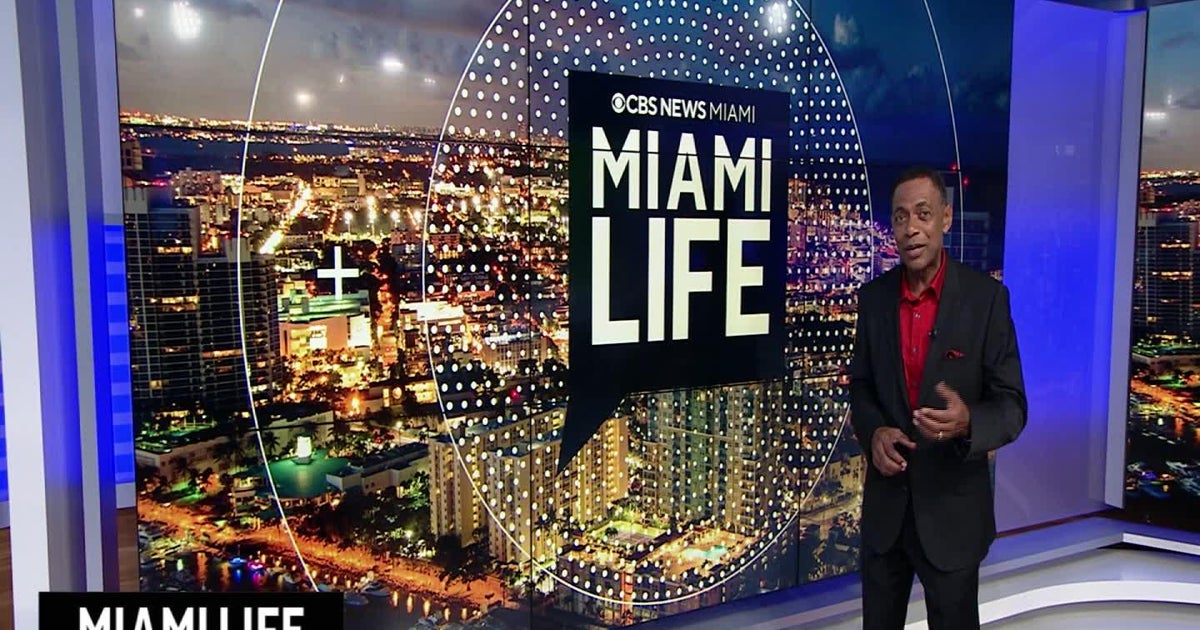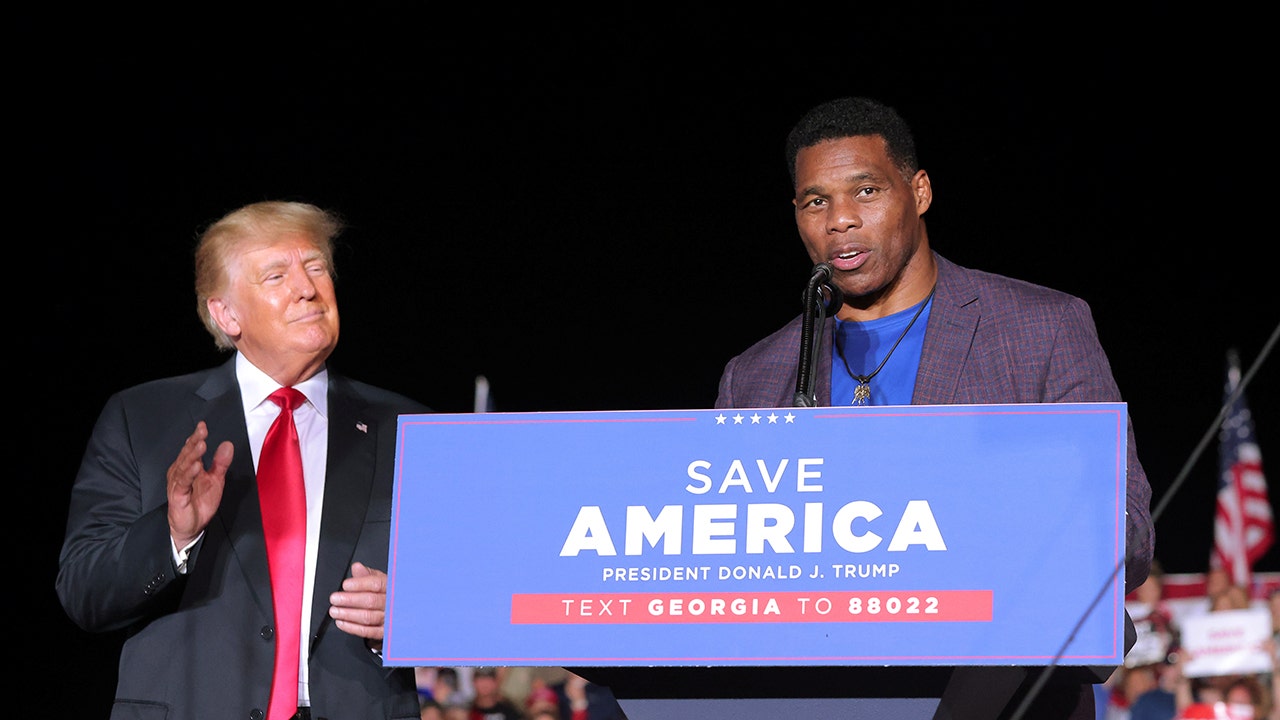World
Why is Lough Neagh, the UK’s largest freshwater lake, turning green?

Belfast, Northern Ireland – An algal bloom resurgence at Lough Neagh, the biggest freshwater body in the United Kingdom and Ireland, has renewed public debate about its ownership and management.
For months, extensive blue-green algal (cyanobacteria) growths have led to animal deaths, human sickness, temporary beach closures, and the permanent closure of businesses along the lake and connecting waterways. Regional agencies say the summer’s bloom reached “levels not seen since the 1970s”, while lough residents say they were the “worst” they have ever seen.
The contamination has prompted fears about the safety of drinking water in the region and the future survival of key industries at the lough.
Several grassroots initiatives have sprung up in response to the lough’s devastated condition.
There have also been attempts to recall Northern Ireland’s assembly – part of the region’s collapsed power-sharing arrangements, also known as Stormont – to address the ongoing “crisis” at one of Europe’s most important freshwater bodies.
What is Lough Neagh?
Lough Neagh is the largest freshwater body by surface area in the UK and Ireland, covering nearly 400 square km (154 square miles), an area greater than the size of Malta. It supplies more than 40 percent of Northern Ireland’s drinking water and more than half of its capital city, Belfast.
About 91 percent of the 4,550-sq km (1,756 sq miles) catchment area lies in Northern Ireland, says John Spence, a retired researcher specialising in aquatic systems management.
“Altogether, 43 percent of the land area of Northern Ireland drains into the lough, from which the waters flow out northwards to the Atlantic Ocean via the lower River Bann.”
The lough is a rich source of Irish mythology, having inspired many writers and artists. Its landscapes have been immortalised in verse by Nobel Laureate Seamus Heaney, who grew up by the northwest tip of Lough Neagh and the neighbouring Lough Beg.
Also, evidence of Ireland’s earliest settlements has been found along its adjoining rivers.
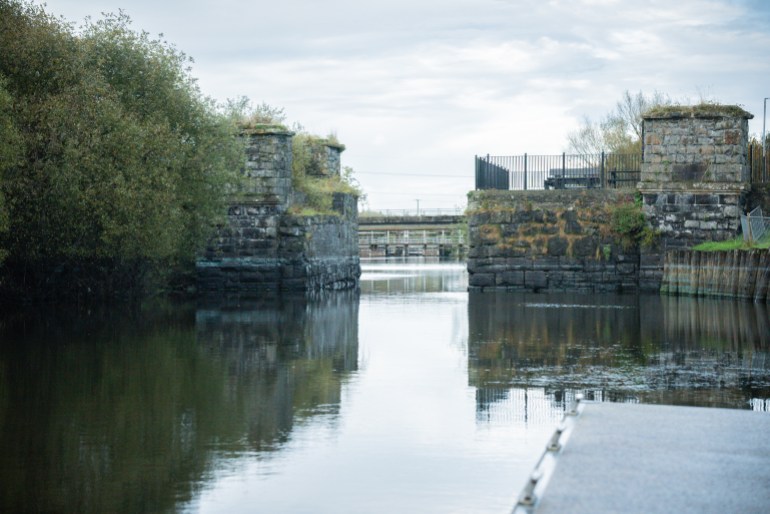
Why is it turning green?
So what’s causing the extensive growths – referred to as “blue-green algae” thanks to its green and brilliant-blue appearance, which are a kind of photosynthesising bacteria – that have swept the lough this summer? The primary source is exceedingly high levels of phosphates and nitrates, along with other contaminants.
The key culprits: two-thirds of the phosphate that ends up in the lough originates from slurry and other run-off from surrounding farmland, while 24 percent comes from human sewage discharged into the lough’s catchment area. Other factors, including industrial sand extraction, may also be accelerating the eutrophication (nutrient-loading) process that has allowed the algae to flourish.
One study suggested that climate change may, additionally, be a contributing factor.
The wettest July on record in Northern Ireland, followed by prolonged spells of warm weather in August and early September, have served as more immediate triggers for the surge in algal growths.
Les Gornall, an expert who has worked on the environmental impacts of slurry for decades, explains that the lake’s “hypereutrophic” classification made the algal blooms nearly inevitable. Hypereutrophication results when increasing concentrations of plant nutrients in water bodies lead to increased biological productivity.
“This change resulted from the lake’s response to an influx of nutrients, particularly soluble reactive phosphorus (SRP) and nitrogen,” Gornall said.
According to Gornall, only a “tiny amount of SRP” – phosphorous quantities similar in size to a couple of AAA batteries – is needed to trigger an algal bloom.
“In pollution-free lakes, one would find a concentration of only one or two of these [battery-sized] ‘SRP units’ in the pristine water. In 2023, SRP levels in the [Lough] surged to seven-either units.
“This pollution level elevates the likelihood of a toxic blue-green algal bloom to over 80 percent. Without controls on phosphorus input, this level of SRP will increase and the lough may become unrecoverable.”
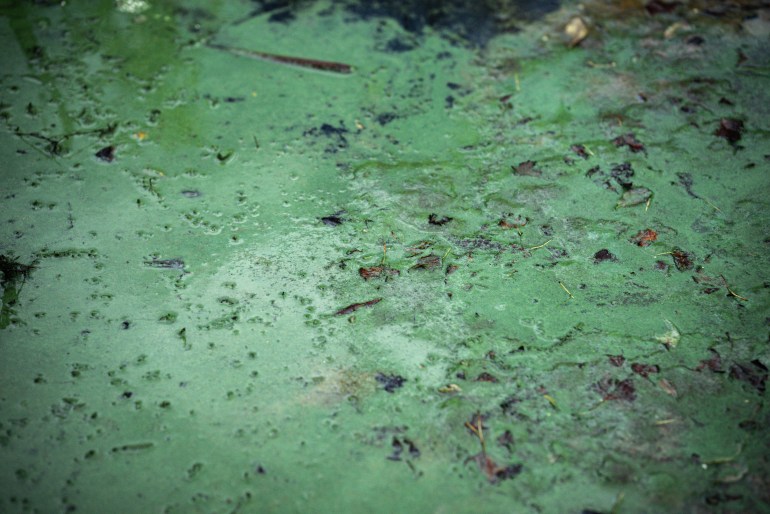
Who owns it?
The waters are publicly owned, while there are a number of individual landowners across the lough’s vast catchment area. But Lough Neagh’s bed, soil, and banks are owned by the Shaftesbury Estate, a territorial claim that dates back to the Plantation of Ulster in the early 1600s.
The lough’s ownership has been challenged through a series of disputes that have played out over more than a century.
As recently as the 1970s, the Shaftesbury Estate claimed ownership of the lough’s waters and charged public water bodies for abstraction work. The Estate has since dropped that claim.
Public ownership has been explored several times since the 1960s, with the most recent attempt floundering between 2012 and 2014.
In early October, the 12th and current Earl of Shaftesbury, Nicholas Ashley-Cooper, told BBC NI that he would not “gift” the lough back to the people of Ireland.
Stormont’s devolved governing institutions would likely need to be operational to advance a new public ownership bid. The region’s power-sharing arrangements have been lying dormant for more than 600 days due to an ongoing argument over post-Brexit customs arrangements in the Irish Sea.
How can the contamination be stopped?
A range of public authorities and government departments, as well as Northern Ireland’s civil service, have faced criticism for their slow response to the algae issue.
NI Water, a publicly-owned company that is the only agency responsible for running and maintaining the region’s water and sewage infrastructure, says water drawn from the lough’s three main abstraction points is safe to drink – despite its cloudy appearance, “musty taste” and occasional odour in certain areas.
Some 13 chemical substances are added to drinking water drawn at Lough Neagh during its complex treatment processes, which cost about 28 million pounds (about $34m) for the 2022/23 financial year.
Meanwhile, to begin addressing the situation, Gornall says that phosphorus and nitrogen inputs – which are currently “off the scale” – need to be halved. This would “allow the lake 20 years to naturally leach out the accumulated phosphorus from the lake bed, accrued over decades of excessive nutrient input”.
He added that five key measures are needed to achieve this.
The first is greater publicity and awareness of the processes driving the lough’s poor health. “Implement[ing] stricter regulation” of sewage, agricultural pollution, and other pressures on the lough system is another. Ensuring “responsible manure management and soil conservation to minimise [agricultural] runoff” is also key, Gornall pointed out.
This, he says, will require collaboration between north and south bodies on the island of Ireland – not least because Lough Neagh drains two counties in the Republic of Ireland: Monaghan and Cavan – and should lead towards the development of a coordinated management strategy for the lough. Waterways Ireland, one of six all-island North/South implementation bodies established under the Good Friday Agreement, has never had any jurisdiction over Lough Neagh.
Finally, he said, it is vital to establish a laboratory at Lough Neagh that is able to produce independent, scientifically-robust research that is free from conflicts of interest or interference.
The last major research facility at Lough Neagh, which Gornall worked at and was mainly operated by the University of Ulster at Traád Point along the lough’s northwestern shores, closed in the early 2000s.
Gornall says the research station was “like a microscope,” routinely scrutinising the lough, with “analytical standards that were better than most hospitals”. Its closure, he adds, has contributed to an absence of “scientifically robust and transparent” research data that would inform policy and key decisions affecting the water body.

World
The Year in Pictures 2024: Far From Ordinary

When shots were fired at a campaign rally for former President Donald J. Trump on a July evening in Butler, Pa., the veteran New York Times photographer Doug Mills was just a few feet from him. As the Secret Service rushed toward Mr. Trump, Mr. Mills’s heart pounded when he realized what was happening.
Then instinct took over. Mr. Mills kept taking pictures, at an extremely fast shutter speed of one eight-thousandth of a second, capturing an image that illustrates the magnitude of that moment: Mr. Trump, his face streaked with blood, his fist raised in defiance.
This year was made up of such extraordinary moments. And Times photographers captured them in extraordinary images. The Year in Pictures brings you the most powerful, evocative and history-making of those images — and allows you to see the biggest stories of 2024 through our photographers’ eyes.
The presidential campaign — full of twists and turns — provided some of our most memorable photos. Kenny Holston captured a shaky President Biden struggling to find his footing in what turned out to be his only debate of the 2024 election. Erin Schaff conveyed the exhilaration surrounding Vice President Kamala Harris in the short sprint of her campaign. And Todd Heisler brought home the excitement of an 8-year-old girl in pigtails, Ms. Harris’s great-niece, who watched with pride as Ms. Harris accepted her party’s nomination for president.
Yet even as the American political campaign intensified, wars ground on overseas, creating new dangers and obstacles for our photojournalists determined to document the fighting. The war between Hamas and Israel escalated into a regional conflict, and our photographers depicted the Israeli airstrikes on Lebanon, the families forced to flee their homes and the neighborhoods reduced to rubble.
When Israeli forces recovered the bodies of six hostages in Gaza, our photographers revealed the pain of the captives’ families as they cried out at their loved ones’ funerals after 11 months of anguished waiting. And last month, Samar Abu Elouf, a Palestinian photographer for The Times, delivered some of the most indelible images of the year: a series of portraits of Gazans horribly injured in the war, including children who had lost arms, legs or eyes.
Children were also central to the work of Lynsey Addario, a veteran photographer who has been chronicling the war in Ukraine since Russia first invaded in 2022. Ms. Addario’s images tell the stories of young Ukrainians with cancer whose treatment was disrupted by the war, often with devastating results. One, a 5-year-old girl whose chemotherapy was upended by the Russian invasion, ultimately lost her life.
Our photographers embrace their calling of bearing witness to history, showing readers the atrocities and the suffering that might otherwise be overlooked. But they also see their mission more broadly, and aim to depict the richness and color of life by regularly bringing us pictures that delight and surprise.
Take the photo by Hiroko Masuike from the ticker-tape parade in October for the New York Liberty women’s basketball team. The young fans pictured radiate a kind of awe-struck joy, screaming to the players by name. Or the photographs that show the sense of wonder on the faces of people at Niagara Falls as they bask in the magic of a solar eclipse in April.
We hope you can spend some time with these pictures, and take in our photographers’ reflections on them. This collection of images is a way to remember the year, but it is also, we hope, an opportunity to better understand their craft and their devotion to producing the world’s best photojournalism.
Curation
Tanner Curtis, Jeffrey Henson Scales
Interviews
Dionne Searcey
Editing
Natasha King
Digital Design
Matt Ruby
Print Design
Mary Jane Callister, Felicia Vasquez
Production
Peter Blair, Eric Dyer, Wendy Lu, Nancy Ramsey, Jessica Schnall, Hannah Wulkan
Additional Production
Anna Diamond
New York Times Director of Photography
Meaghan Looram
World
French high court upholds ex-president's corruption conviction
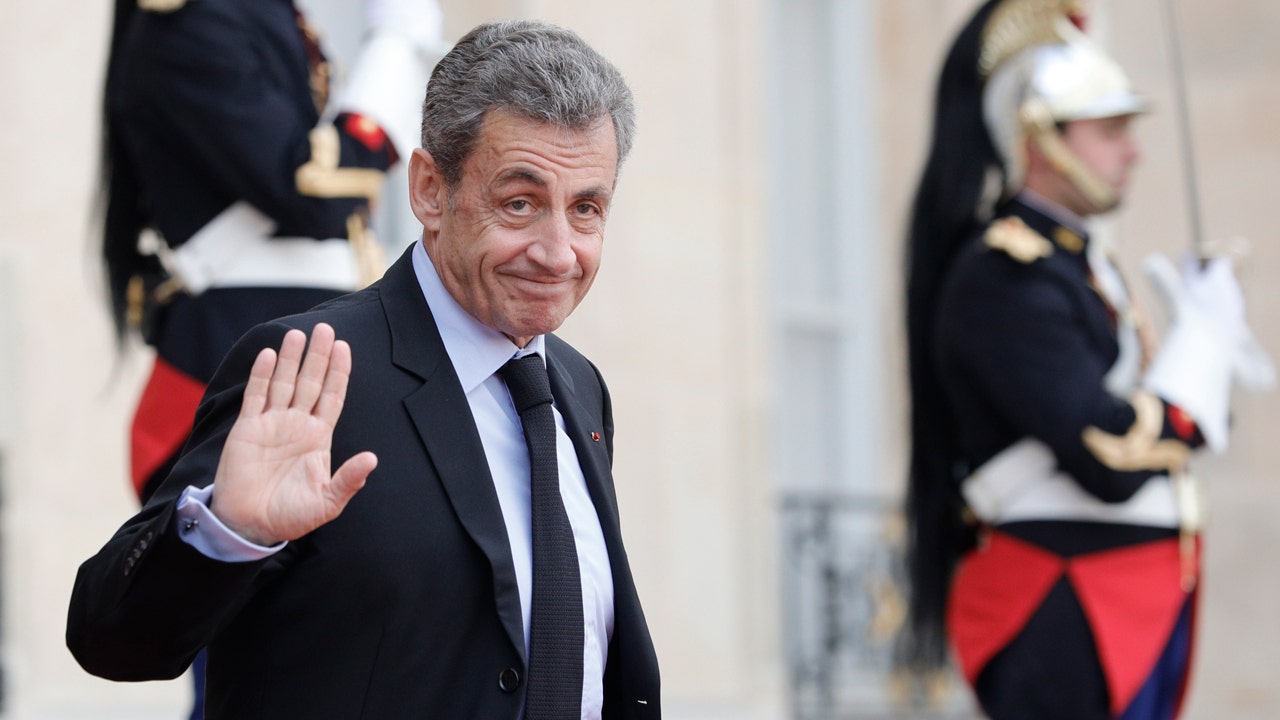
France’s highest court has upheld an appeal court decision which had found former President Nicolas Sarkozy guilty of corruption and influence peddling while he was the country’s head of state.
Sarkozy, 69, faces a year in prison, but is expected to ask to be detained at home with an electronic bracelet — as is the case for any sentence of two years or less.
He was found guilty of corruption and influence peddling by both a Paris court in 2021 and an appeals court in 2023 for trying to bribe a magistrate in exchange for information about a legal case in which he was implicated.
“The convictions and sentences are therefore final,” a Court of Cassation statement on Wednesday said.
FRANCE’S MACRON NAMES CENTRIST ALLY BAYROU AS NEXT PRIME MINISTER
Sarkozy, who was France’s president from 2007 to 2012, retired from public life in 2017 though still plays an influential role in French conservative politics. He was among the guests who attended the reopening of Notre Dame Cathedral earlier this month.
Sarkozy, in a statement posted on X, said “I will assume my responsibilities and face all the consequences.”
He added: “I have no intention of complaining. But I am not prepared to accept the profound injustice done to me.”
Sarkozy said he will seek to bring the case to the European Court of Human Rights, and hopes those proceedings will result in “France being condemned.”
He reiterated his “full innocence.”
“My determination is total in this case as in all others,” he concluded.
FILE – Former French President Nicolas Sarkozy leaves the Elysee Palace after a lunch with heads of states and officials, Monday, Sept. 30, 2019 in Paris. (AP Photo/Kamil Zihnioglu, File)
Sarkozy’s lawyer, Patrice Spinosi, said his client “will comply” with the ruling. This means the former president will have to wear an electronic bracelet, Spinosi said.
It is the first time in France’s modern history that a former president has been convicted and sentenced to a prison term for actions during his term.
Sarkozy’s predecessor, Jacques Chirac, was found guilty in 2011 of misuse of public money during his time as Paris mayor and was given a two-year suspended prison sentence.
Sarkozy has been involved in several other legal cases. He has denied any wrongdoing.
He faces another trial next month in Paris over accusations he took millions of dollars from then-Libyan dictator Moammar Gadhafi to illegally finance his successful 2007 campaign.
The corruption case that led to Wednesday’s ruling focused on phone conversations that took place in February 2014.
At the time, investigative judges had launched an inquiry into the financing of Sarkozy’s 2007 presidential campaign. During the inquiry, they discovered that Sarkozy and his lawyer, Thierry Herzog, were communicating via secret mobile phones registered to the alias “Paul Bismuth.”
Wiretapped conversations on those phones led prosecutors to suspect Sarkozy and Herzog of promising magistrate Gilbert Azibert a job in Monaco in exchange for leaking information about another legal case involving Sarkozy. Azibert never got the post and legal proceedings against Sarkozy have been dropped in the case he was seeking information about.
Prosecutors had concluded, however, that the proposal still constitutes corruption under French law, even if the promise wasn’t fulfilled. Sarkozy vigorously denied any malicious intention in his offer to help Azibert.
Azibert and Herzog have also been found guilty in the case.
World
EU ministers water down proposal on child sexual abuse
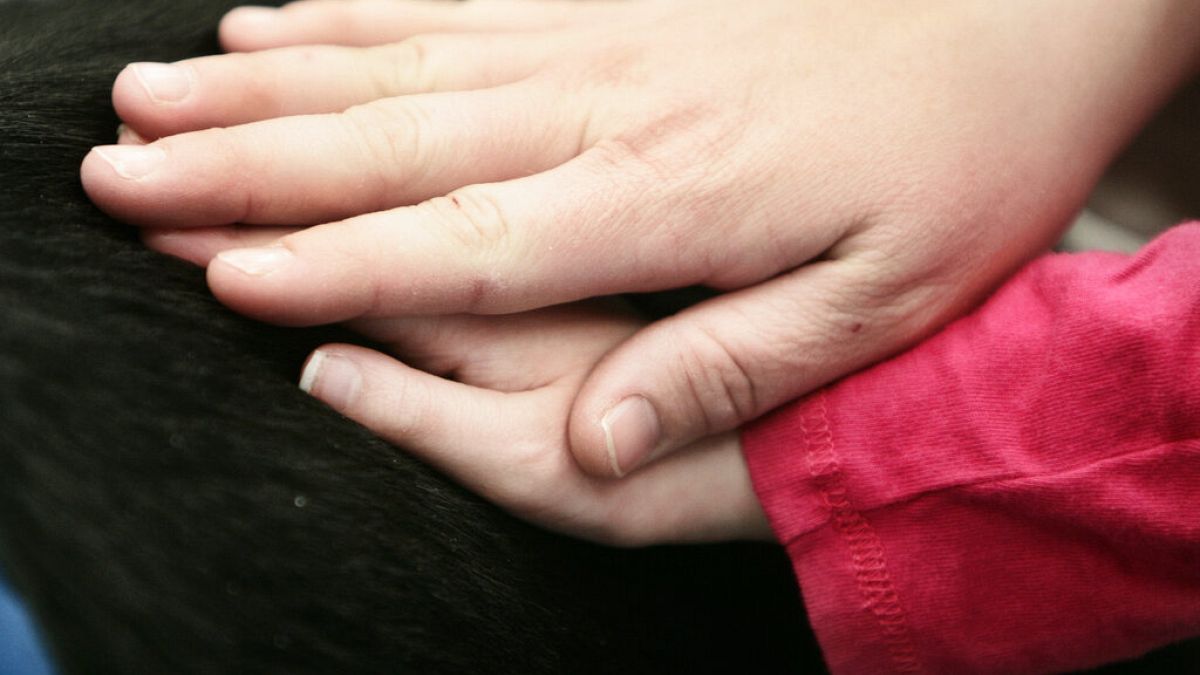
A proposal on combatting child sexual abuse has been watered down by some EU justice ministers, with others expressing their regret at certain elements of the proposal being removed entirely.
With the development of new technologies, sexual abuse of children has seen a rise in Europe.
The EU is therefore looking to update its directive on combatting the sexual abuse and sexual exploitation of children, which dates back to 2011.
However, the EU Commission’s initial proposal has been watered down by the justice ministers of several EU countries. Seven Member States, which include Belgium, Finland and Ireland, expressed their regret at the removal of certain parts of the proposal.
“We deeply regret that the majority of Member States were unable to support a more ambitious approach aimed at ensuring that children who have reached the age of sexual consent receive the strongest and most comprehensive legal protection possible against unwanted sexual acts,” they wrote in a press release.
Key issues remained unaddressed
Isaline Wittorski, EU regional coordinator at child rights organisation ECPAT International, is particularly concerned regarding Member States’ opposition to the extension of the limitation period for pursuing child sexual abuse cases.
She also regrets that “grooming” – the process by which an adult intentionally approaches minors and manipulates them for sexual purposes – for children who have reached the age of sexual consent was not addressed by the Council.
“The Member States expressly refused to recognise in the text that a child in a state of shock or intoxication cannot be considered to have consented to sexual abuse”, she adds.
Harmonisation of penalties
The Commission’s proposal aims to harmonise the definition of sexual violence against minors and penalties within the EU.
It will also update criminal law in order to criminalise the rape of children broadcast live on the internet, as well as the possession and exchange of paedophile manuals and child abuse deepfakes.
MEPs, for their part, should support a more ambitious directive. Birgit Sippel, a German MEP (S&D), is calling for longer limitation periods.
“Many children who have been abused take years or even decades before they dare to go to court or to a police station. So this is a very important step that is missing from the current directive,” the MEP told Euronews.
“Unfortunately, what I see is that the Council is watering down almost everything that could improve the current directive. It will therefore be very important for the EU Parliament to maintain a very strong position and force the Council to go further and not limit itself to the current directive,” she added.
The proposal’s text can still be amended. After a vote by MEPs, negotiations will take place between the EU Commission, the European Council and the European Parliament.
It is estimated that one in five children in Europe is a victim of some form of sexual violence.
In 2022 alone, there were 1.5 million reports of child sexual abuse in the EU.
Ministers also failed to reach agreement on another regulatory text aimed at combatting the sexual abuse of children online, which aims to force platforms to detect and remove content depicting sexual violence against minors. This proposal caused a clash between children’s rights defenders and privacy protection lobbies.
-

 Business1 week ago
Business1 week agoOpenAI's controversial Sora is finally launching today. Will it truly disrupt Hollywood?
-

 Politics5 days ago
Politics5 days agoCanadian premier threatens to cut off energy imports to US if Trump imposes tariff on country
-
/cdn.vox-cdn.com/uploads/chorus_asset/file/25782636/247422_ChatGPT_anniversary_CVirginia.jpg)
/cdn.vox-cdn.com/uploads/chorus_asset/file/25782636/247422_ChatGPT_anniversary_CVirginia.jpg) Technology7 days ago
Technology7 days agoInside the launch — and future — of ChatGPT
-
/cdn.vox-cdn.com/uploads/chorus_asset/file/25789444/1258459915.jpg)
/cdn.vox-cdn.com/uploads/chorus_asset/file/25789444/1258459915.jpg) Technology5 days ago
Technology5 days agoOpenAI cofounder Ilya Sutskever says the way AI is built is about to change
-

 Politics5 days ago
Politics5 days agoU.S. Supreme Court will decide if oil industry may sue to block California's zero-emissions goal
-
/cdn.vox-cdn.com/uploads/chorus_asset/file/25546252/STK169_Mark_Zuckerburg_CVIRGINIA_D.jpg)
/cdn.vox-cdn.com/uploads/chorus_asset/file/25546252/STK169_Mark_Zuckerburg_CVIRGINIA_D.jpg) Technology5 days ago
Technology5 days agoMeta asks the US government to block OpenAI’s switch to a for-profit
-

 Politics6 days ago
Politics6 days agoConservative group debuts major ad buy in key senators' states as 'soft appeal' for Hegseth, Gabbard, Patel
-

 Business3 days ago
Business3 days agoFreddie Freeman's World Series walk-off grand slam baseball sells at auction for $1.56 million






































































































